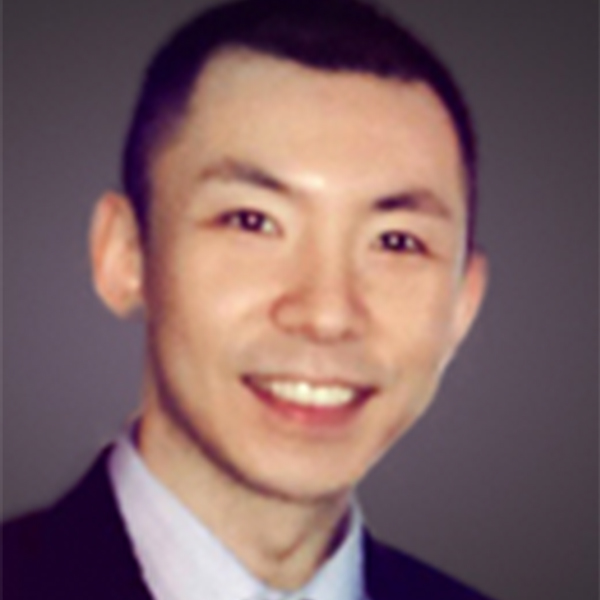Research Interests
Light-tissue interaction provides rich contrast, high spatiotemporal resolution, while being relatively safe and economic. However, the visible and near infrared spectral range presents strong scattering, confining optical imaging in living tissue to within 1 millimeter. To reach the goal of overcoming the imaging depth limitation imposed by light scattering, we rely on the photoacoustic effect which converts light absorption to ultrasound emission. Since ultrasound waves scatter and attenuate much less than light, we are able to see through centimeter-deep tissues. We built a photoacoustic tomography platform for small animals. The system is featured by high image quality with an in-plane resolution of 125 microns. Endogenous contrast comes mainly from hemoglobin, melanin, lipid, and reporter genes, while exogenous contrasts can be introduced by various proteins and dyes as indicators of disease, metabolism, and neural activity.
One biological problem being studied by the system is to visualize the fate of diverse types of tumor cells during progression and metastasis in situ and in vivo. Meanwhile, we are pushing photoacoustic imaging for clinical applications. In close collaboration with several groups of clinicians, we aim to use photoacoustic imaging to reveal fine vasculature and oxygen saturation. Such functional information is pivotal to medical diagnosis of cancer and various diseases involving angiogenesis and chromophore abnormality. One of the clinical systems is customized for breast cancer imaging. The malignancy-relevant hemodynamic signal accessed optically can help downgrade or upgrade Bi-RADS 4 patients to reduce unnecessary biopsies. Another project aims at developing a portable probe for skin imaging to complement traditional optical and ultrasound skin imagers.
We are also interested in fast intraoperative pathology imaging. We believe that the traditional frozen sectioning procedure takes too long, which increases surgical risk. As optical scientists, we feel obliged to significantly shorten the hour-long procedure using advanced optical sectioning technologies.
Education
PhD, Electrical Engineering, Virginia Tech (2012)
BS, Electronic Engineering, Tsinghua University (2004)

